Have we reached peak Keith Haring?

Simply sign up to the Style myFT Digest -- delivered directly to your inbox.
Why won’t Keith Haring disappear? The street-art pioneer, who started his career by making chalk drawings on black unoccupied advertising panels on the New York subway in 1980, and who died aged 31 in 1990, is more visible today than ever. The immediacy and energy of his line – his radiant babies and dancing dogs in super-bright colours – are as much a part of the ’80s lexicon as the first MTV logo planted on the moon by an animated spaceman. And yet they continue to have currency. It is polemical as much as it is pop. “People are still fascinated by the work because it signifies a creative time that can never be repeated,” says lighting designer Lee Broom, who has a leather jacket handpainted by Haring hanging in his TriBeCa penthouse.
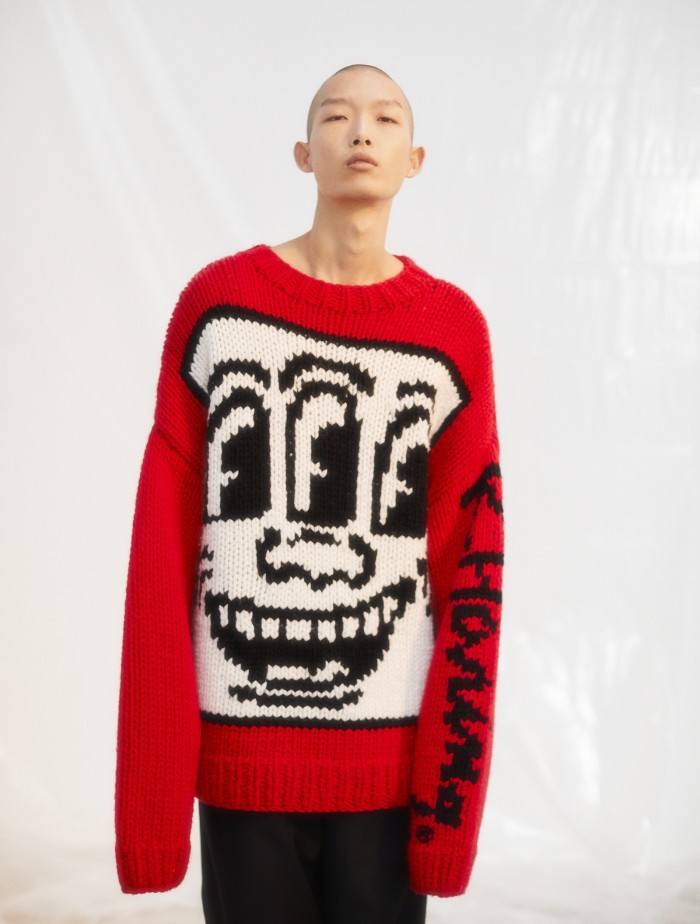
Today, there are windows in Primark full of products covered with Haring’s vibrant hearts, and the shelves of Uniqlo have remained stocked with his T-shirts since 2003. “Due to licensing restrictions, we are unable to provide a quote,” is what I was told by Uniqlo’s office when I approached them for details on units shifted. The number must be tremendous. And yet, mass appeal hasn’t stopped Haring being tapped by luxury brands and niche designers. Coach has revisited his archives repeatedly, Jeremy Scott has used the work on several occasions, Comme des Garçons created a capsule collection way back in 2011, and David Dalrymple continues to make pieces grounded in a friendship Haring had with stylist and costume designer Patricia Field.
The SS23 Junya Watanabe Man collection features Haring’s work, as well as that of his peers and friends Jean-Michel Basquiat and Andy Warhol. Watanabe maxed out the New Wave mood by playing Talking Heads as his models walked. “I wanted to create a revival of past pop culture,” says Watanabe. “It’s nostalgic for me. At the time, Talking Heads and Keith Haring were my idols. From a fashion standpoint, Haring’s work is easy to understand, but it also transcends time, like rock stars from the past.”
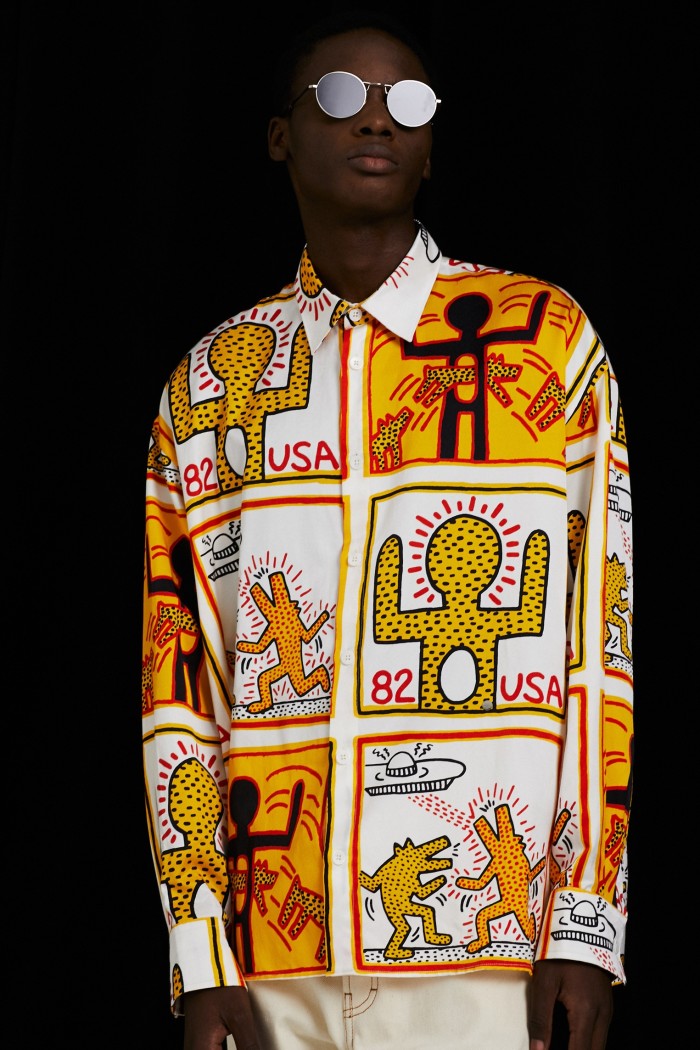
For several seasons, the Paris-based brand Études has used Haring graphics in its work. Just ahead of Watanabe in Japan, Études launched a capsule collection featuring images by Basquiat for AW22. For anyone who lived through the era, seeing both Watanabe and Études mix disparate visual elements linked by a social scene (the Mudd Club, one of Haring’s locals, was a key part of it) suggests naive nostalgia and a longing for the authenticity of a long-vanished counterculture. But creative directors Aurélien Arbet and Jérémie Egry drilled down into ’80s New York’s New Wave beyond its hip-hop soundtrack and scavenged spray cans of Krylon. “Visually, their artworks are different,” says Arbet. “On one side you have a pop approach referencing comics with clean continuous line drawings, and on the other side you have a rough, almost scribbled style. But they shared a sense of urgency in their practice, producing a large amount of work in such a short amount of time. They both engaged their art with strong messages: from fighting racism and drug use to raising awareness about Aids and minorities as a whole.”
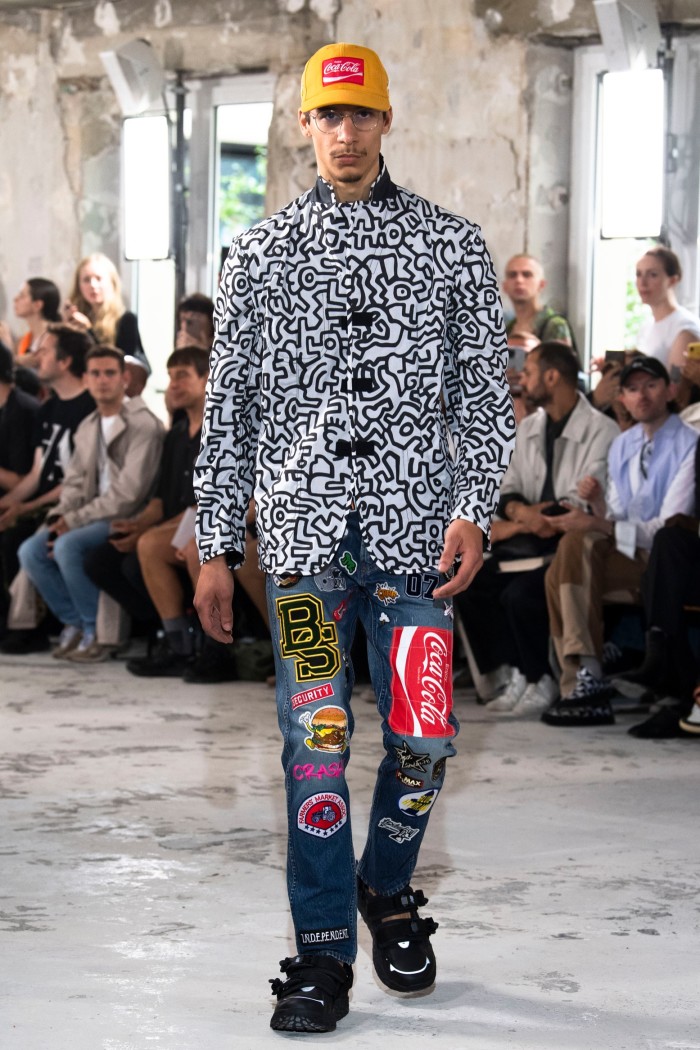
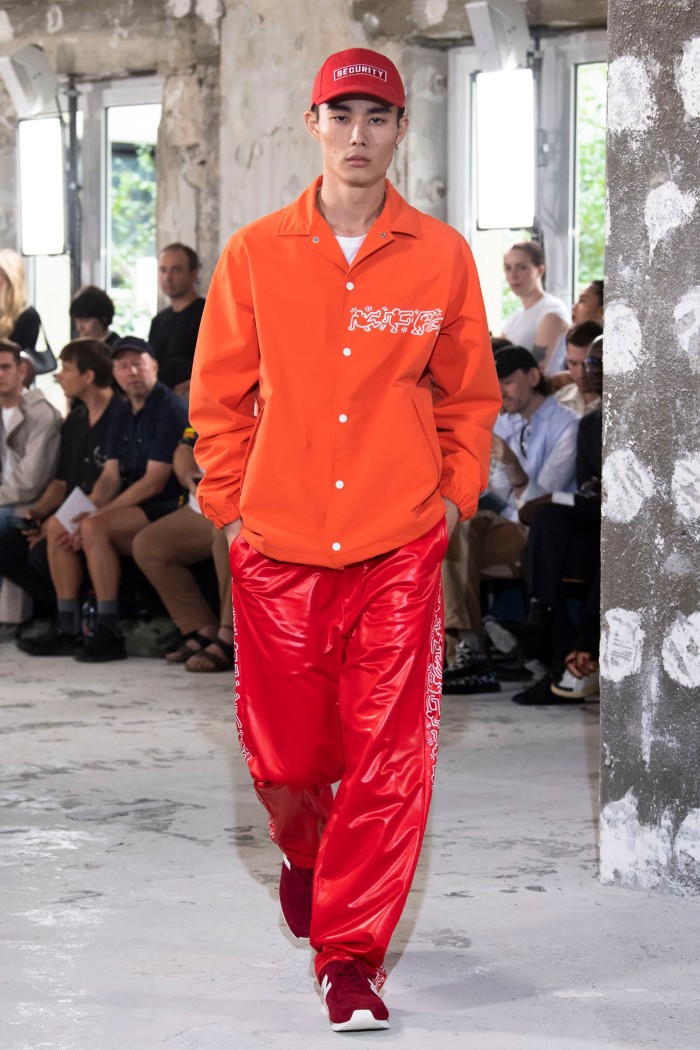
Haring was a serious artist. A recent show at UCCA in Beijing, Somewhere Downtown, explores his place in the turbulent landscape of New York when he was first active. And the Nakamura gallery in Japan, which has one of the most substantial collections of his work, is currently celebrating its 15th anniversary by restaging its first Haring exhibition, Chaos and Hope. The artist’s work addressing Aids, apartheid and crack addiction made him a powerful voice in the ’80s. He knew the visual immediacy of his work – which echoes back to the vernacular of ancient Aztec, Egyptian, African and Australian Aboriginal art – and wanted to exploit it. “He wouldn’t have been surprised by the legacy today,” says Gil Vazquez, who was close to the artist and is now executive director of the Keith Haring Foundation, responsible for charitable grants and the administration of exhibitions. “He planned for all this. He knew society would evolve and that his messages, like being gay and having HIV, wouldn’t seem as radical as they did when he was working.”
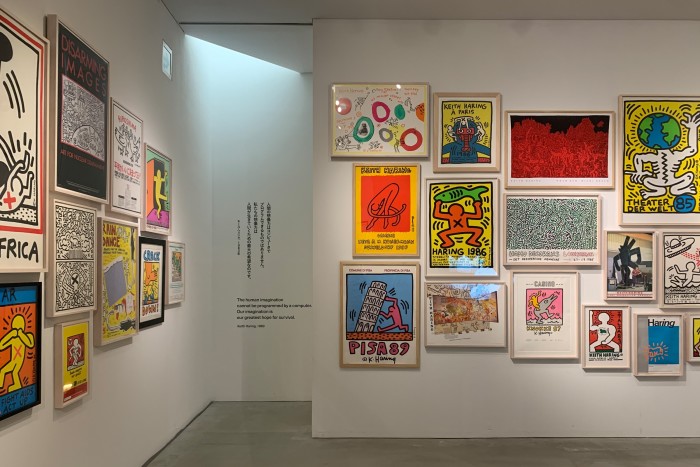
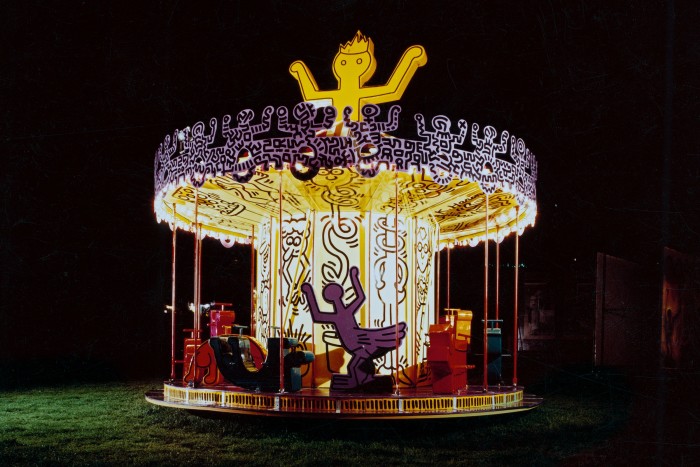
There seems to be an inexhaustible hunger for details on Haring’s sadly truncated life. Last month Phaidon published Luna Luna, André Heller’s book looking at the ’80s art theme park in Hamburg to which Haring was a key contributor. Currently the New York Public Library has more than 100 books in its archive featuring Keith Haring in the title. While critics may believe his estate is all too free and easy with licensing, there’s clearly a demand and an appreciation for the work, and there’s evidence to suggest this was exactly what he wanted.
One of Haring’s goals was to disseminate his work as much, and for as long, as possible. In an entry dated 20 March 1987 in Keith Haring: Journals, he records how he hasn’t been tested for HIV but is sure he has it, and that “my days are numbered. This is why my activities and projects are so important now. To do as much as quickly as possible. I’m sure that what will live on after I die is important enough to make sacrifices of my personal luxury and leisure time.”
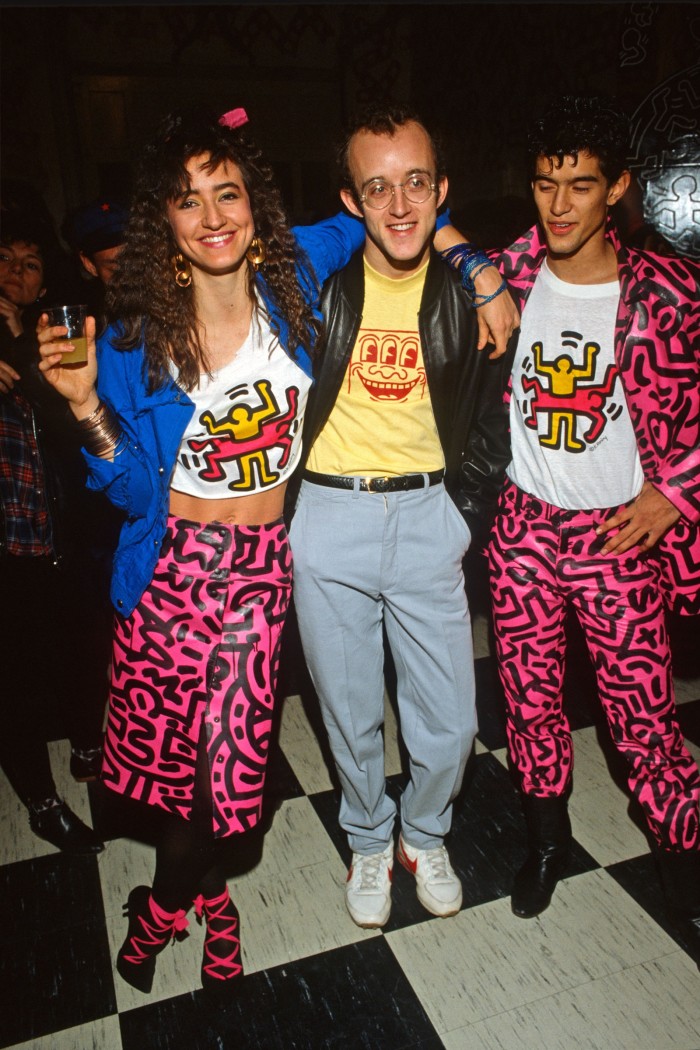

Uniqlo UT Archive Graphic T-shirts (Keith Haring), £19.90 each

Honey Fucking Dijon x Keith Haring denim jacket, £444, farfetch.com
Haring’s work in fashion was an integral part of his strategy. A collection by the DJ Honey Dijon for Dover Street Market last year repurposed graphics that Haring created for flyers for the club Paradise Garage, as well as imagery he developed for Malcolm McLaren for his Witches collection with Vivienne Westwood in 1983. McLaren was the first to bring Haring’s work to the runway, and also used it for the packaging of his Duck Rock album, which celebrates its 40th anniversary this year. “[Malcolm] was obsessed with what he called ‘the look of music and the sound of fashion’,” explains the entrepreneur’s widow and head of the McLaren estate, Young Kim. “He met Keith before he was even with a gallery. He could see how important his work was.”
Gil Vazquez is delighted that Dijon revisited the early archive. Dijon – who is black and trans – is one of the most sought-after DJs and remixers in the world. “What strikes me about the project with Honey is that we do a lot of work with HIV and Aids charities, and black transwomen are among the most vulnerable in the community. It’s great to actually do business with someone in that community too. It’s empowering. And she’s telling a specific story about Keith in a really exciting way.” Dijon’s Haring collaboration continues to sell online at the likes of Farfetch and resale sites – and interestingly, in parallel with Watanabe, her most recent collection used the work of Basquiat.

Three years after he worked on Witches, Haring opened the Pop Shop on Lafayette Street to sell clothing, jewellery, toys and posters. It would never make money and he described it as “an extended performance”. Until it closed in 2005, it was a place of pilgrimage for many on any visit to New York. Seeing the work still appear on clothing, now handled by the licensing company Artestar (which also handles the Mapplethorpe and Basquiat estates), is an extension of Haring’s performance. Like Vazquez, Artestar’s founder David Stark worked with Haring. “He wanted to be able to communicate on a global scale,” he says, “which is something that was, and still is, difficult to do in that context of the art world. Our job is to communicate the work authentically, so Primark’s Valentine’s Day promotions are totally different to Honey’s clubland story. We are about good housekeeping and being thoughtful. We just started working with H&M, and it took a while because we didn’t want the imagery sitting there next to SpongeBob SquarePants. Likewise, we wouldn’t give Uniqlo a safe-sex image of two people putting their hands on each other’s dicks, because it’s not the right audience.”
Stark says he has worked on about 2,000 collaborations since he first started working with Haring in 1989. The amount of Haring products out there is unfathomable. “He was one of the inventors of a new art medium: the art product,” says gallerist Jeffrey Deitch, who has been involved with Haring since 1980. “I often quote a great line from Keith: ‘The public has a right to art.’ He wanted to create inexpensive and accessible art products that people could wear and collect. There was no filter between his imagination and his hand. His art is a language that we are still speaking.”
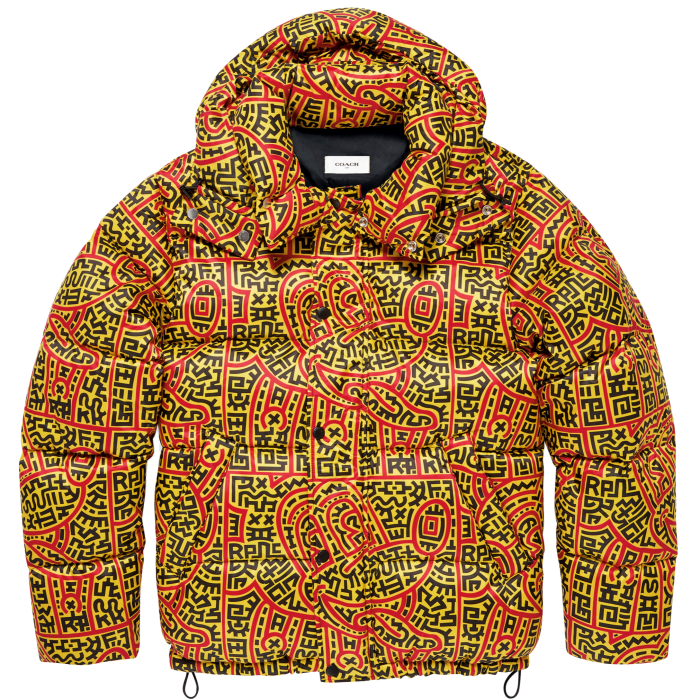
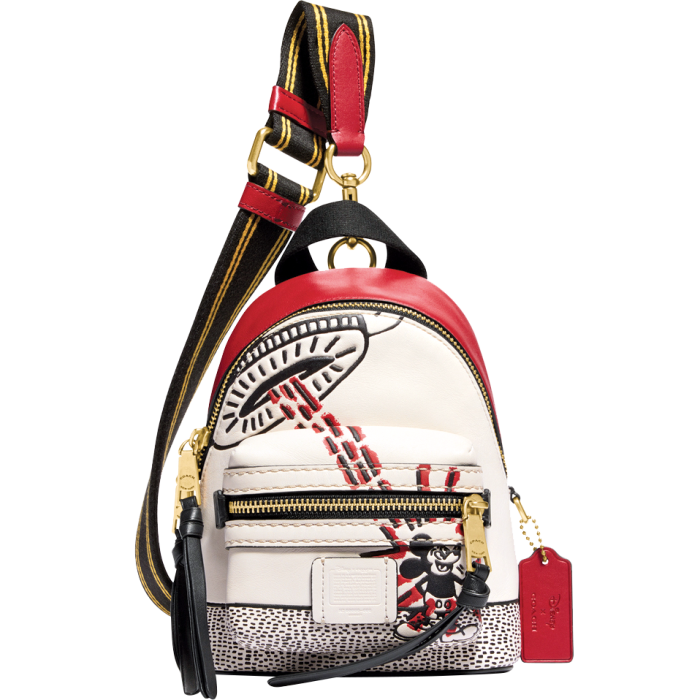

Comments